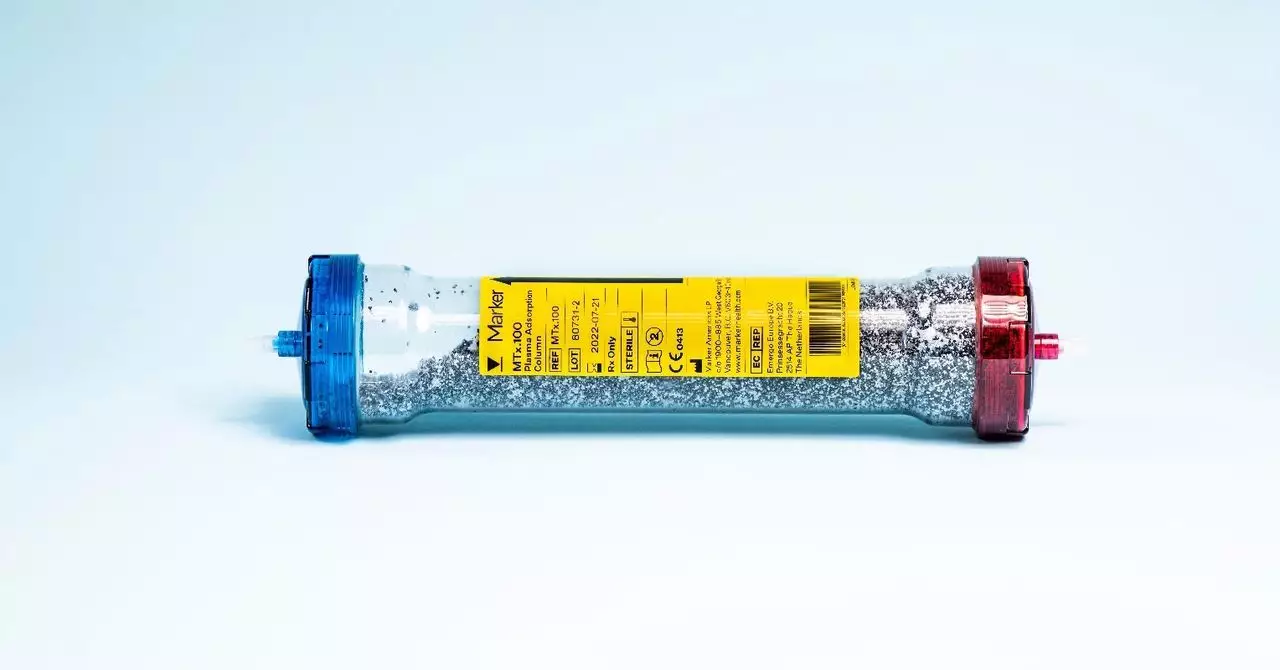The story of microplastics is nothing short of an alarming revelation about the world we inhabit and the body we carry. These minute fragments, invisible to the naked eye, have infiltrated every corner of the Earth— from the lofty peaks of Mount Everest to the chilling depths of the Mariana Trench. They have even found their way into our most private of realms: the human body. The pervasive nature of microplastics raises the question of how such minute particles have come to affect our health and wellbeing, spanning from environmental implications to personal health risks that we are only beginning to uncover.
In a climate-focused age, it’s staggering to consider that microplastics have permeated drinking water, the food we consume, and even our own blood. Numerous studies highlight their presence in everyday items such as beer, salt, and tap water, underscoring how these tiny pollutants have entered the food chain. Moreover, the debilitating effects of microplastics are hypothesized to reach beyond physical health, intertwining with emotional and mental well-being, yet hard scientific evidence regarding their health risks remains largely elusive.
The Clinic of Modern Detoxification
In response to growing anxiety surrounding microplastics, clinics like Clarify Clinic have emerged, paving the way for people who are desperate to rid their bodies of these microscopic invaders. Located in the affluent area near Harley Street in London, clinics such as this symbolize the intersection of health, wealth, and preventive ambition. Patients are welcomed into a comforting setting, where they undergo a process purported to cleanse their blood of microplastics and other toxins.
The proprietary treatment involves extracting blood, filtering out so-called contaminants, and returning it to the patient, all within a couple of hours. It sounds incredible—a lifeline for those suffering from chronic conditions like brain fog and fatigue. But in an age where holistic health intersects with commercial enterprise, we must critically assess whether these treatments genuinely provide benefits or if they simply prey on fear.
CEO Yael Cohen presents a reassuring front, promoting the procedure as a panacea for myriad ailments. While treatments at Clarify may indeed prove calming and provide a sense of control over one’s health, it’s essential to question the validity of the sophisticated marketing narratives surrounding them. Is it ethical to sell hope when conclusive scientific evidence remains sparse?
The Science of Uncertainty
The World Health Organization’s 2022 report on microplastics epitomizes the research industry’s struggle for clarity. While microplastics have been found embedded in human tissue and organs, the potential health risks associated with them remain poorly understood. There is a tantalizing gap between the extensive documentation of their presence and the scientific consensus on their effects.
The phrase “the dose makes the poison” encapsulates the conundrum. We lack definitive studies that draw direct correlations between microplastics and observable health outcomes in humans. While isolated experiments have linked microplastics to cellular harm, translating these findings into real-world implications remains a minefield of uncertainty. The reality is chilling: we may have introduced a synthetic presence into our very biology, yet the consequences of this integration are still under scrutiny.
As the scientific community races to catch up, researchers have begun examining data to illustrate the potential dangers. Emerging studies hint at an increased risk of heart attacks and strokes associated with microplastics found in arterial plaque. This revelation not only elevates the stakes but also amplifies the urgency for more comprehensive research.
A Fragile Dialogue on Health
The overall conversation surrounding microplastics signifies a deep-seated dilemma regarding health, technology, and consumerism. People are increasingly aware of their environment and the invisible foes it may harbor, fueling a lucrative healthcare industry that targets these fears. Nevertheless, it raises ethical concerns: where does the responsibility lie in educating the public versus promoting profit-driven health unclear narratives?
As societal awareness of environmental toxins grows, the challenge becomes ensuring that this awareness translates into meaningful action, rather than a compulsion to seek out costly solutions that may not be grounded in reality. While it’s legitimate to strive for a healthier life and rid ourselves of harmful pollutants, it is equally vital to remain astute and discerning about the claims made in the name of health.
Navigating the fog of information surrounding microplastics is essential for achieving a balanced perspective, where hope does not overshadow critical thinking and where health is pursued not just through detoxification fads, but through informed, sustainable choices. It’s a complex dialogue in the face of an invisible crisis, one that will require thoughtful engagement and rigorous research moving forward.

